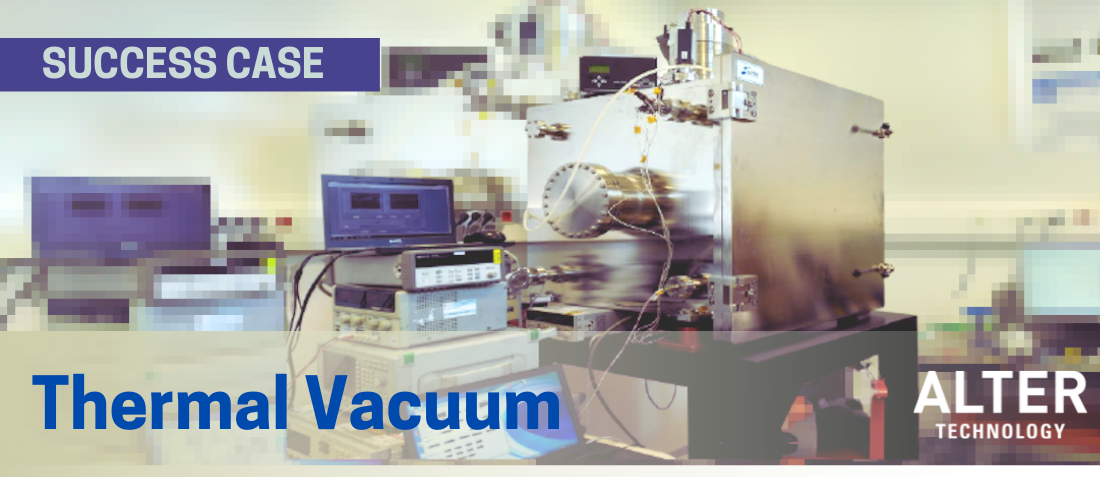
Thermal Vacuum For HV Optocouplers – Video Monitoring
- Posted by Juan Moreno Echarri
- On January 12, 2022
- 0
Introduction to Thermal Vacuum test
Exposure to vacuum may cause changes in filling isolating materials even at room temperature conditions. HV Optocouplers are used to connect two different circuits while maintaining high electrical isolation between them. To achieve this goal, isolating gel is present inside a high voltage optocoupler and vacuum can induce it to come out from the venting hole and can end in arcing between the two sections of the system the user wanted to be electrically isolated (fig.1).
This problem might not be detected in electrical characterization as the gel can move inside the cavity due to the combination of the presence of bubbles, low gel viscosity, and vacuum effect and needs to be addressed properly to guarantee reliable electrical isolation.
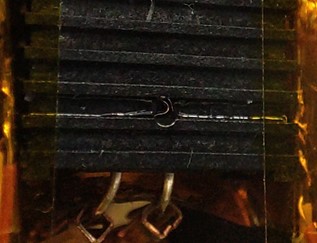
Figure 1: Bubbles of isolating gel
The temperature plays an essential role in this phenomenon since it can worsen if the device suffers thermal stress.
The combination of vacuum, thermal stress, high-voltage, and video recording of the venting hole of the HV Optocoupler was implemented by Alter Optoelectronics laboratory in Madrid, Spain, to verify several suspicious high voltage optocouplers for the ESA JUICE mission.
HV Optocoupler verification requirements
Visual verification of the venting hole of the package employing video recording ensured that the gel reached a particular stability level in a few hours of vacuum. The necessity of stabilizing the gel in a vacuum by removing the trapped bubbles and demonstrating the reliability of the optocoupler motivated the test flow shown below.
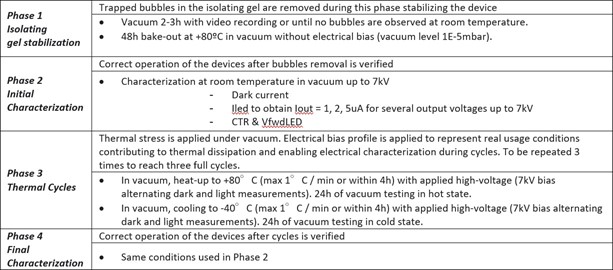
Equipment
Custom thermal vacuum chamber HV testing and device video recording.
The thermal vacuum system developed by Alter is based on using a custom vacuum chamber inside a commercial cryogenic chamber. Temperature monitoring is done using T-type thermocouples while all the test is controlled by a LabView-based program that also controls the device’s electrical bias and monitors the values.
LabVIEW is an engineering software created by National Instruments, with a powerful graphical programming environment. It is mainly used for data acquisition, instrument control, measurement analysis, and representation. It provides all the elements required for the complete automation of a test system. Still, it can be used for an enormous variety of diverse applications, like product design validation of a component/system/sub-system.
The temperature rate requested of <1ºC/min was met while the device has adhered to a glass wall of the vacuum chamber, allowing direct visualization of the venting hole under vacuum levels below 1E-5mbar.
The pump system is formed by a turbopump and the previous rotary pump, and three kinds of electrical vacuum feedthroughs were necessary for this test. A regular SubD-25 was used for led biasing, while a high-voltage one had to be used to bias the optocoupler’s output with up to 7kV. Specific Type T TC feedthrough was used for temperature monitoring through an HP34970A datalogger.
Regarding electrical characterization, bias, and monitoring: A precision digital multimeter was used to monitor the dark and light current of the optocoupler through a resistor in series while high voltage was applied with an OL1K HV source capable of delivering up to 40kV. Input led to bias, and the voltage drop was measured with a precision source meter Keithley 2410. An overview of the complete setup is shown in fig.2. The digital video camera in front of the DUT used for isolating gel bubbles detection is shown in fig 3.
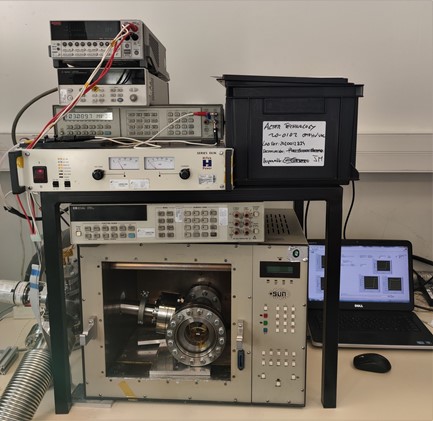
Figure 2: Setup overview
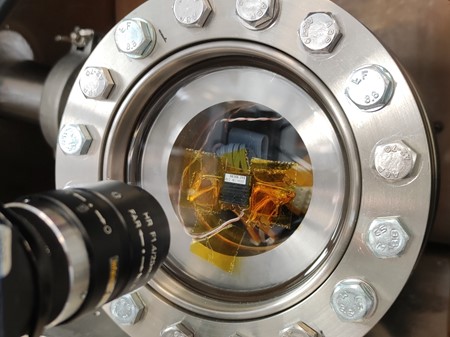
Figure 3: Video detection of bubbles under vacuum
Results
Several devices were tested, and a lot of variabilities were observed in electrical behavior in which several samples failed and in terms of gel bubbles presence while the vacuum was applied. Failed optocouplers were screened out by this method, demonstrating the excellent reliability of the remaining for usage in vacuum conditions.
To prepare and fully characterize the optocouplers in actual use conditions, a complex combination of testing capabilities: high-voltage, thermal vacuum, real-time electrical monitoring, and imaging had to be used, and Alter developed such a setup and the testing campaign successfully fulfilling the customer testing requirements.
Thermal Vacuum Testing
Thermal Vacuum Testing is necessary to be carried out because the environmental conditions in the space are extreme; the combination of low pressure and extreme temperatures can cause the failure of a component. That is why in Alter Technology, we test the components in similar conditions.
The Thermal Vacuum chamber is mainly used to simulate environmental space conditions. The most common Thermal Vacuum Chamber (TVC) applications are related to the performance test, control of the thermal cycle, and testing of components, subsystems, and complete satellites in a fully controlled environment. The tests can accurately reproduce the conditions of the space through the simultaneous control of pressure and temperature.
More about Thermal Vacuum
GET IN TOUCH TODAY!
Do you have questions? Contact us!
- Lunar Regolith Test onto COTS Optoelectronics - January 18, 2023
- SiC reliability: Defects detection test for SiC devices - October 26, 2022
- Testing SiC Schottky Diodes for Heavy Ions Optimization - August 9, 2022

0 comments on Thermal Vacuum For HV Optocouplers – Video Monitoring